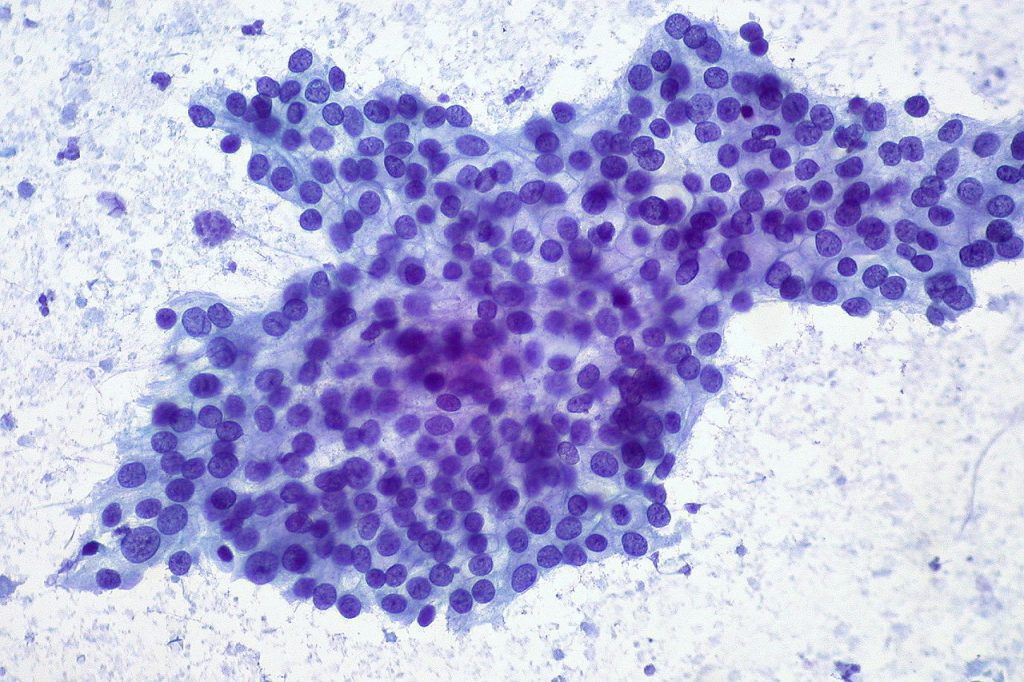
How smartphones reveal the world of physical activity
We all know lack of exercise adversely affects our health. Policy experts often cite that exercise is such an infrequent part of people’s lives that it now constitutes a public health crisis. However, we never had a global view on how physical activity differs among all of us.
In an article recently published in Nature, scientists used smartphones to collect data on how much variation occurs in the daily activity of people from more than 100 countries. Bioengineering professor Scott Delp and his team from Stanford used smartphones to collect 68 million days of physical activity from 717,527 people living in 111 countries.
Some of the conclusions made intuitive sense, which is always good when dealing with large data sets. For example, inactivity was strongly predictive of obesity, and this correlation was stronger in women than in men. In addition, people walked more in countries where the terrain was easier to navigate. When people were more physically active in a country, the differences in obesity rates between men and women decreased. All of this means that if it is easier to walk, people will walk, and the gender disparity in activity will shrink. Geographic data also produced interesting findings, with East Asian countries (China and Japan) walking the most, and countries near the equator walking less. Perhaps the most significant finding is the importance of the activity gap within a country’s population, defined as the difference between highly active and inactive individuals within a country. The larger the gap, the higher likelihood for high obesity rates. Unfortunately, the US ranks among the highest in activity gap among its population and, in turn, among the highest in national obesity rates.
While we all ponder little tricks to make us walk more (at Penn we schedule classes across campus to make the professors get up at least once a day), other work is making the task of climbing stairs easier. Reporting in PLOS One, Lena Ting and her team from Georgia Tech developed energy-conserving stairs, using springs that store and release energy when the user ascends. Their design means that someone can save 40% energy going up their flight of stairs when compared to the traditional design. Innovations like these could be a real help to people recovering from surgeries or with age-related joint deterioration.
Networking a human
As we start to unleash the power of smartphones on health and wellness, many predict the next disruption is networking inexpensive monitoring technologies together for a single person via their smartphone. One main benefit of creating a ‘networked human’ is to monitor an individual continuously for the earliest signs of health trouble, rather than waiting for the individual to experience a significant health episode (e.g., heart attack) and unleash the powerful (but expensive) army of technologies and people for saving their life. A recent symposium was held at Northwestern University discuss the future of wearable electronics in this future. Inevitably, this will evolve the Internet of Things (IoT) into the ‘Internet of Me’ for health technologies. John Rogers of Northwestern gave a presentation showing the wearable wireless electronics he developed to monitor bodily functions in babies. The adhesive devices, which resemble temporary tattoos, are far more comfortable than many monitoring devices. Other presentations at the symposium showcased technologies for monitoring concussion, cellphone apps to facilitate psychotherapy, and more intuitive touch screens for electronics.
A Blood Test for Early Pancreatic Cancer
Pancreatic cancer is one of the deadliest cancers because it is usually only detected after it has become too advanced to treat efficaciously. However, a collaboration between Penn and Mayo Clinic scientists may have made a key advance in mitigating this threat.
A team led by Kenneth S. Zaret, Ph.D., of Penn’s Institute for Regenerative Medicine reports in Science Translational Medicine that they were able to identify thrombospondin-2, a protein, as a biomarker of pancreatic cancer. Most impressively, plasma measurements of the protein detected cancer in patients in stage I of the disease, when it can still be treated surgically. The predictive power of the biomarker test increased significantly when combined with measurements of a previously identified marker, cancer antigen 19-9, to detect pancreatic cancer at a much earlier stage.
People in the News
Our colleagues at Carnegie Mellon named a new chair of their Department of Biomedical Engineering: Bin He, Ph.D.. His appointment begins February 1, 2018. Closer to home, the Rutgers Biomedical Engineering named David I. Shreiber as its new chair. Dr. Shreiber earned his Ph.D. in Bioengineering from Penn in 1998. Congratulations to Drs. He and Shreiber!
Speaking of Penn alums, we’d like to congratulate Dr. Spencer Szczesny, who was hired as a new assistant professor at Penn State to start in the fall 2017 semester. We’re very proud of Spencer and wish him the best of luck.
Last not but not least, if you’ve flown in or out of Washington’s Dulles Airport recently, you might have seen the exhibit Life: Magnified, selections of which are available online. One of the images featured, showing skin cancer cells connected by actin, a normally occurring protein that also facilitates cancer metastasis, was created by Dr. Catherine Galbraith, who earned her BS (1986) and MS (1985) in Penn Bioengineering. Congratulations to Cathy for such wonderful visibility!
